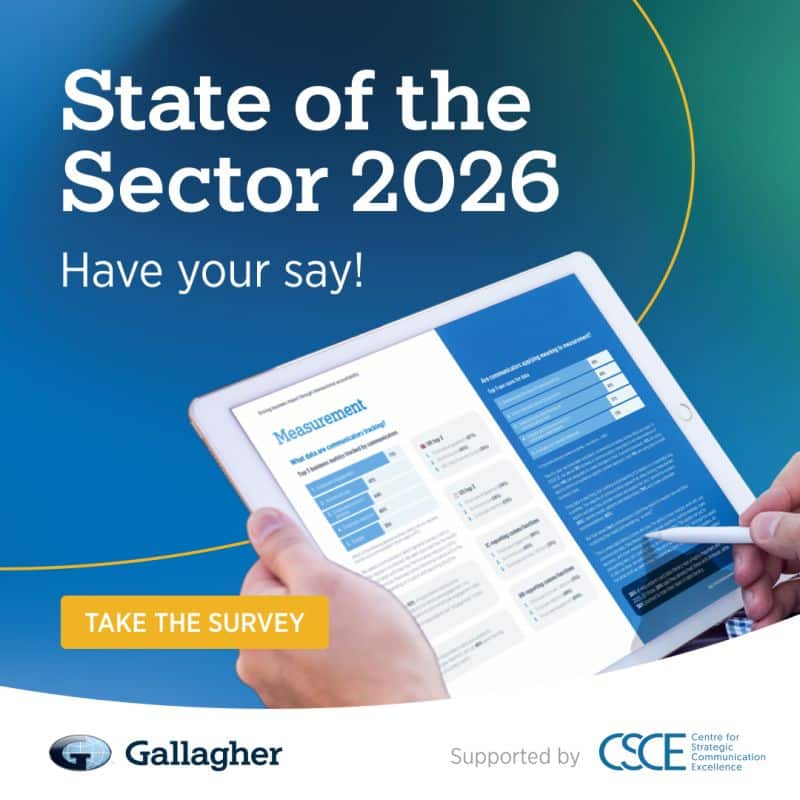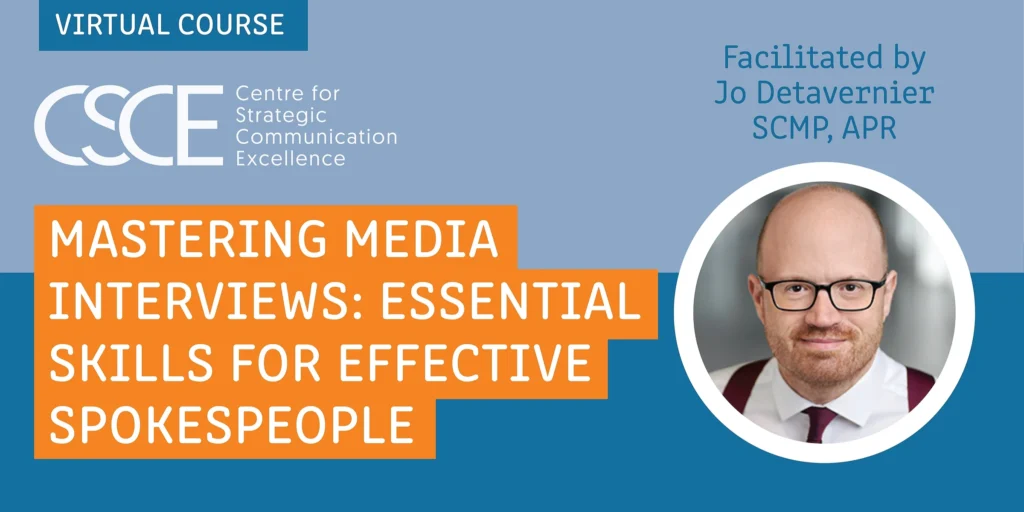The conversation in leadership circles is changing fast. Artificial intelligence (AI) promises new levels of speed, efficiency, and insight that were unthinkable just a few years ago. I’m the first to say that’s exciting.
At the Centre for Strategic Communication Excellence, we’ve championed the responsible use of AI from day one. We’re a founding signatory of the Venice Pledge, committing to embed ethics, responsibility and transparency into how AI shows up in our profession and we’ve produced global guidelines to help organisations use AI wisely.
But AI will never fix what leadership refuses to face.
If your organisation struggles with alignment, trust or culture today, AI won’t magically solve those problems. In fact, there’s growing evidence it may amplify them.
The 2025 Edelman Trust Barometer paints a worrying picture: 61% of people globally report a moderate to high sense of grievance, driven by the belief that government and business serve narrow interests, leaving ordinary people behind while the wealthy benefit.
At the same time, trust in AI itself is deeply divided. In China, 72% of people say they trust AI. In the U.S., it’s just 32%.
That should serve as a reminder that AI doesn’t show up in a neutral environment. It lands in workplaces already grappling with fear, uncertainty and mistrust. And without strong leadership, it risks amplifying those feelings.
The organisations that thrive in an AI-driven world won’t be the ones racing to automate every process or decision. They’ll be the ones where leaders use AI to enhance leadership, not outsource it.
It’s easy to see the appeal. AI tools promise faster decision-making, sharper data and streamlined communication. Leaders are understandably drawn to that given we’re all under pressure to deliver more with less.
But efficiency isn’t leadership. And no algorithm can build trust or shared purpose for you. When leaders rely on technology to avoid the human side of leadership, they’re only making things worse.
AI highlights leadership gaps
AI doesn’t operate in a vacuum. It reflects the culture, communication and decision-making of the humans behind it. And if those foundations are already shaky, AI won’t fill the cracks, it will expose them.
We’re already seeing it play out in organisations around the world:
- Misaligned strategies turn into confused, inconsistent AI outputs that leave people unsure what’s hoped for
- Poor communication cultures let misinformation, rumours or disengagement spread (only faster and wider)
- Emotionally disconnected leadership gets hidden behind AI-generated messages that sound polished but lack any real connection
The recent backlash at Duolingo is a prime example. CEO Luis von Ahn issued a company-wide memo announcing that AI would eventually replace some contract workers. But the issue wasn’t just what the message said, it was how it was delivered.
At a moment when employees needed reassurance, context and leadership presence, they got a message so clinical and detached it felt like it had been generated by AI. There was no human understanding, no emotional awareness – just a blunt corporate update. The reaction was immediate: employees and users called it tone-deaf, impersonal and disconnected from the reality people were facing. Von Ahn was forced to walk the message back days later, admitting it had missed the mark.
The reality is you can’t automate trust, empathy or connection. Even perfectly crafted AI-generated messages can backfire when they lack human presence and understanding. As Harvard Business Review recently pointed out, leaders (especially CEOs) should think twice before using AI to write messages that are meant to build trust.
McKinsey’s 2024 State of AI report found that 78% of organisations are now using AI in at least one business function. But uptake alone isn’t enough. Integration succeeds or fails based on leadership alignment and communication maturity. Where those are strong, AI adoption flourishes; where they’re weak, the technology struggles to deliver meaningful impact.
Deloitte’s 2024 Human Capital Trends report reinforces this, highlighting that organisations building trust, psychological safety and human-centred leadership are far better positioned to succeed with AI.
That’s the real risk. It’s not the technology. It’s when leaders use AI as a shortcut, instead of doing the work to strengthen the human foundations that make it effective.
Leading better in the age of AI
Don’t get me wrong, none of this means rejecting AI. Far from it. I believe AI, used well, is one of the greatest opportunities we’ve had to elevate leadership. But it demands intentional, human-first leadership.
The leaders who will succeed in this environment are those who:
- Communicate with clarity and intention, even when AI assists
- Build cultures of trust, adaptability and questioning
- Empower their teams to combine human judgment with AI-driven insights
- Stay fully accountable for the decisions technology helps them make
Three questions every leader should be asking
To navigate this change with integrity and impact, leaders need to ask themselves:
- Are we using AI to strengthen or shortcut our leadership?
- Does our communication reflect clear, human-centred thinking, or are we hiding behind automated outputs?
- Are we building a culture that innovates, challenges and evolves or one that automates without accountability?
The answers to these questions will define your organisation’s ability to thrive.
AI can’t replace the hard work of leadership
AI is here to stay; there’s no doubt about that. And that’s a good thing if we use it with purpose and care. But no tool, no matter how sophisticated, will replace the conversations, alignment, and trust-building that leadership demands.
The future belongs to leaders who stay curious, value connection and are courageous enough to lead. I encourage you to use AI to elevate your leadership. But never outsource the human work your people expect from you. That work is yours, and yours alone.
If you’re ready to lead with impact in the age of AI:
✔️ Review our global AI guidelines to embed responsible, ethical AI into your organisation View the guidelines →
✔️ Join global leaders in signing the Venice Pledge, and help shape a future where AI enhances human leadership Sign the pledge →
✔️ Build your confidence with our AI certificate course, designed for leaders and communication professionals navigating this new landscape Learn more →





